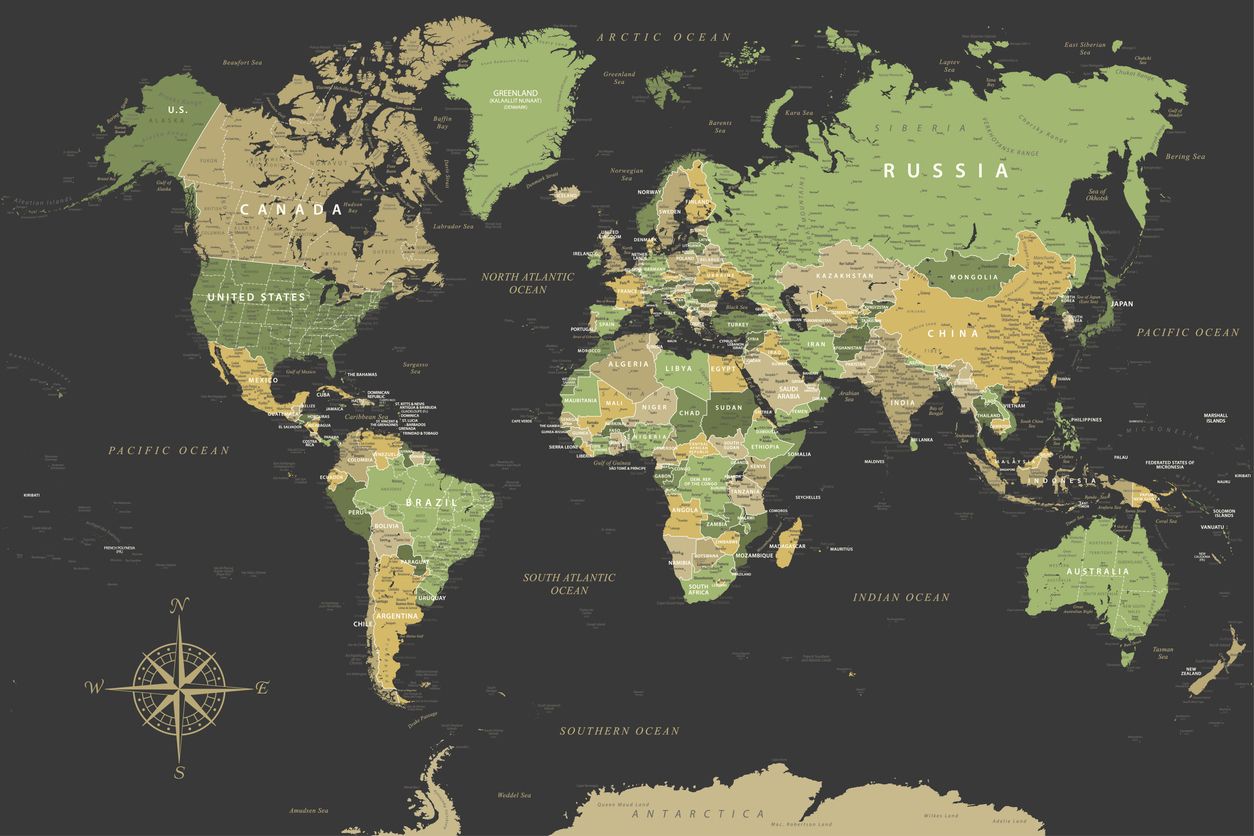
 Priyesh Ghamandi
Priyesh Ghamandi
In today’s interconnected world, businesses have unprecedented opportunities to reach customers across borders. But with these opportunities come new challenges, especially when it comes to pricing. A one-size-fits-all approach can limit your reach, leaving valuable customers underserved. Enter location-based pricing—a strategy that tailors prices based on a customer’s location and local purchasing power. This approach can not only expand your customer base but also boost your global sales in ways traditional pricing models simply can’t.
Location-based pricing is a strategy that adjusts the cost of products or services according to the economic conditions of each customer’s location. Using metrics like Purchasing Power Parity (PPP), businesses can set prices that align with the financial realities of different regions, making products more accessible to customers across income levels and geographies.
Instead of charging the same price in New York, London, and Mumbai, location-based pricing considers factors like average income, cost of living, and demand elasticity to offer regionally adjusted prices.
In regions with lower purchasing power, global prices may feel out of reach for many potential customers. For instance, a digital product priced for a high-income economy can appear prohibitively expensive in emerging markets. This mismatch often leads to abandoned purchases, low conversion rates, and missed opportunities for businesses to grow in these regions.
Adopting location-based pricing helps overcome these challenges. By setting competitive, fair prices for each region, businesses can reach new audiences, increase sales, and cultivate loyalty in diverse markets. Location-based pricing allows businesses to:
Location-based pricing doesn’t just make your product accessible; it also drives substantial sales growth. Here’s how:
By making your pricing accessible across diverse economies, location-based pricing opens doors to previously untapped markets. Businesses can serve a more diverse audience, increasing their market share across regions.
Affordable prices build customer loyalty. When customers feel they’re getting fair value, they’re more likely to return and even recommend your product to others. This strengthens your brand and creates a loyal customer base in various regions.
With advanced analytics, businesses can track location-based customer behaviors, preferences, and demand patterns. This data-driven approach enables ongoing refinement of pricing strategies, maximizing the return on investment and optimizing for market-specific performance.
If you’re ready to leverage location-based pricing, here are some practical steps to consider:
To illustrate the power of location-based pricing, consider a digital platform that provides online courses. Originally priced for high-income countries, the platform saw limited engagement from emerging markets. After implementing location-based pricing tailored to local purchasing power, the platform experienced a significant uptick in registrations from lower-income regions.
The result? A 30% increase in overall revenue and a new, loyal user base in several countries.
If your business serves a global audience, location-based pricing could be a powerful way to improve sales, increase accessibility, and build customer loyalty worldwide. This approach works especially well for digital products, subscription services, and SaaS companies, but it’s applicable to any industry looking to expand its reach.
In today’s competitive landscape, meeting customers where they are is essential. Location-based pricing helps bridge the gap between different markets, driving growth by creating value for customers in every corner of the world.
Unlock the power of location-based pricing and grow your global reach.
Learn how to grow your business with our expert advice.

 Priyesh Ghamandi
Priyesh Ghamandi
 Shweta Rathod
Shweta Rathod
 Priyesh Ghamandi
Priyesh Ghamandi